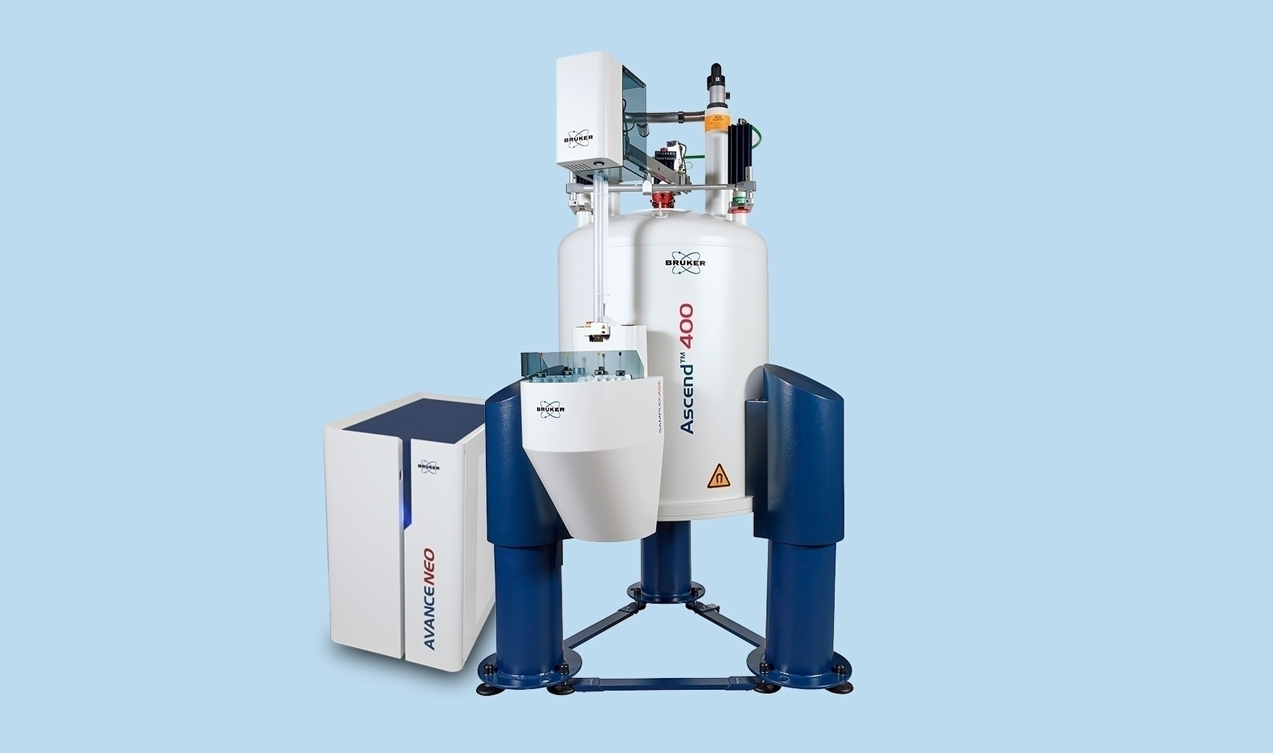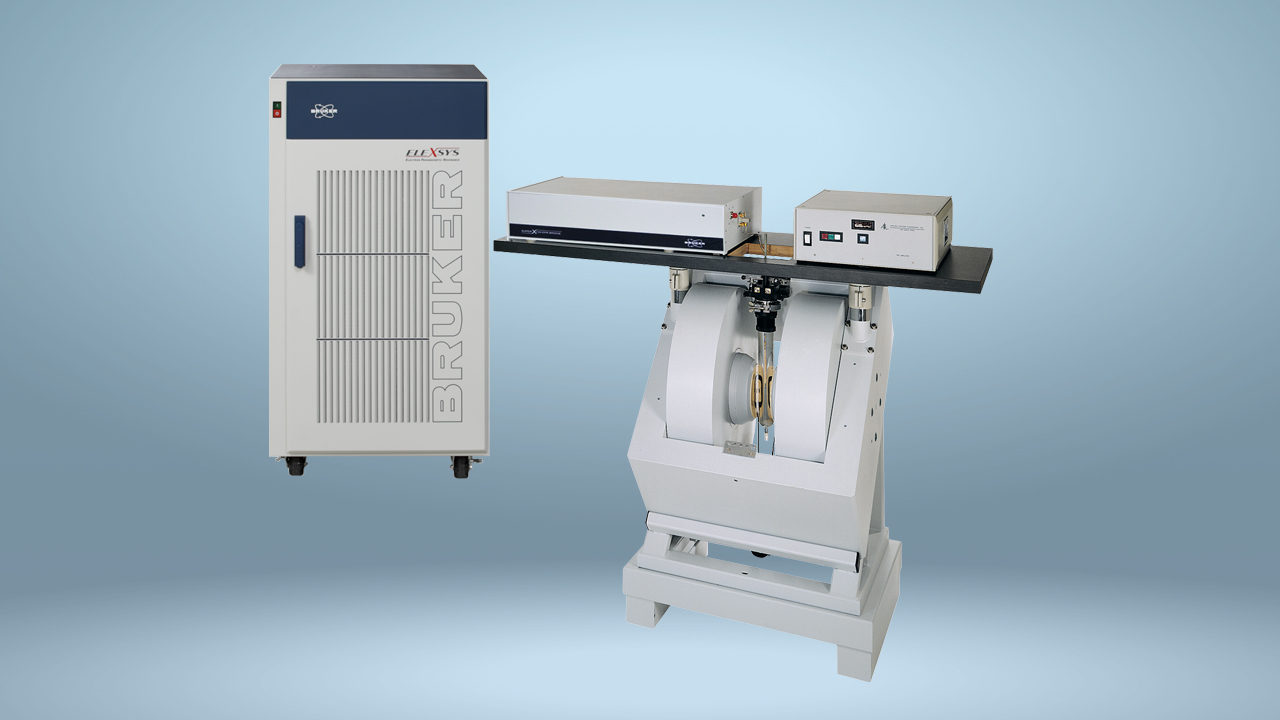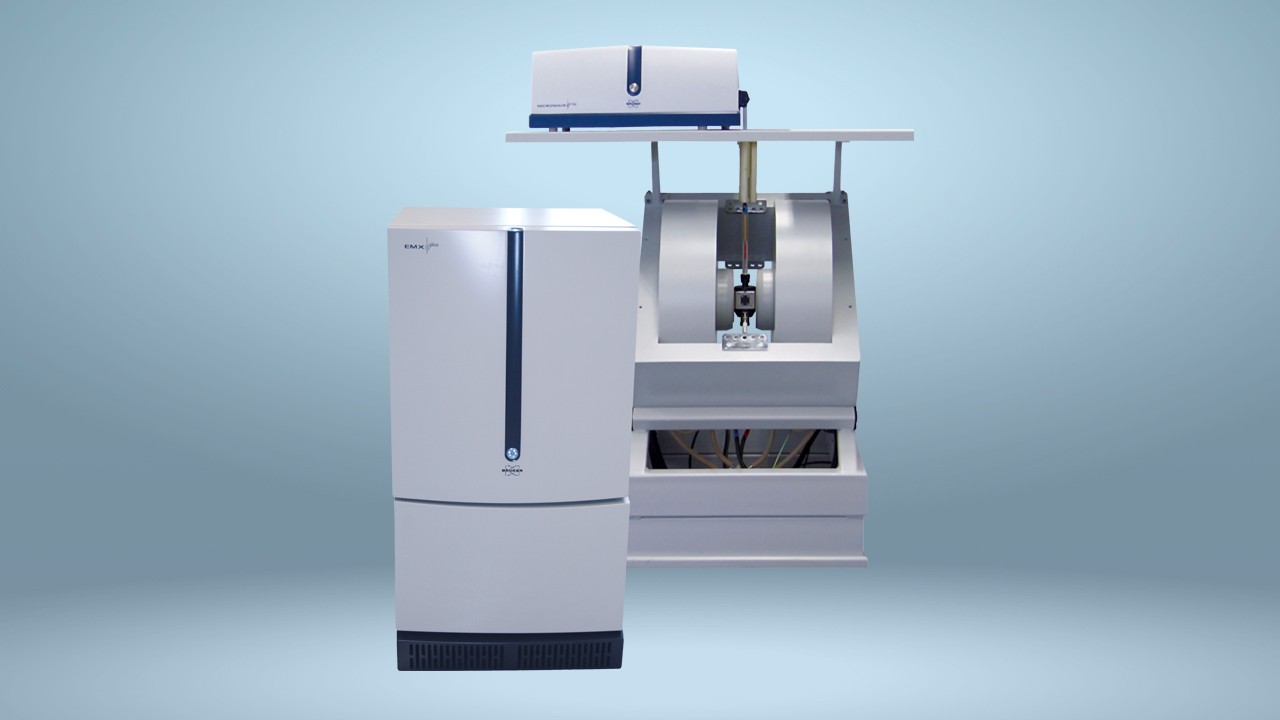

Using EPR spectrometry to detect environmentally persistent free radicals
Using EPR spectrometry to detect environmentally persistent free radicals
Environmentally persistent free radicals (EPFR), or long-life free radicals, are linked with air pollution and poor respiratory health.
Environmentally persistent free radicals (EPFR), or long-life free radicals, are linked with air pollution and poor respiratory health.
Electron paramagnetic resonance (EPR) spectrometry is an instrumental analysis technique for free radical detection. EPR has applications in the fields of medicine, biology, quantum chemistry, physics and the environment.
Researcher at the State Key Laboratory of Environmental Chemistry and Ecotoxicology, Research Center for Eco-Environmental Sciences, Chinese Academy of Sciences, Liu Guorui, focuses on studying environmental pollution and the characteristic damage that EPFRs may cause using Bruker’s EPR spectrometry.
Liu Guorui’s work focuses on two aspects – persistent organic pollutants (POPs) and environmentally persistent free radicals. Liu studies POPs such as dioxins, brominated dioxins, polychlorinated naphthalenes and halogenated polycyclic aromatic hydrocarbons, looking into their pollution characteristics in the environment as well as discovering potential emission sources. His work with EPFRs focuses on pollution characteristics, as well as the detection of intermediates in the reaction process which helps to further understand behaviours such as the molecular mechanism of dioxins.
In 2015, the National Natural Science Foundation of China launched a major research project on toxicological and health effects of atmospheric fine particles. Liu Guorui wanted to expand his research on free radicals in fine particulate matter in the atmosphere. Particulate samples were assessed for EPFRs, and it was found that EPFRs in particles of different sizes have different distributions. The finer the particles, the higher the content of EPFRs adsorbed. The potential health effects caused by this are worthy of further attention.
Using Bruker’s EMXplus EPR spectrometer, Liu Guorui and his team have discovered potential emission sources and have also found that EPFRs in particles of various sizes have different distributions. The Bruker EMXplus spectrometer system is a powerful technique for studying samples that are paramagnetic and both large and small signals can be detected. Using this application, free radicals and transition metal ions can be identified and quantified in solids, liquids and gases.
In the future, Liu Guorui hopes to connect EPR and mass spectrometry instruments to chemical reactors, to detect free radical intermediates in the reaction and identify the products after the reaction.
Research on the existence of EPFRs in the environment is attracting attention from domestic and foreign researchers, and the number of research groups conducting related studies is gradually increasing. The study of free radicals in the environment is important research to understand their behaviour, improve the accuracy of environmental fate models and to evaluate the health risks to humans.


